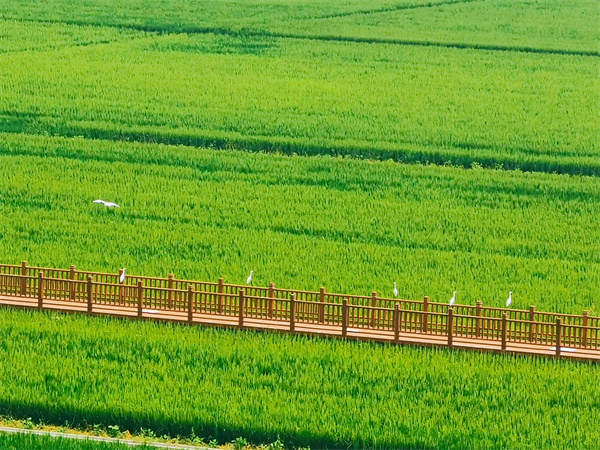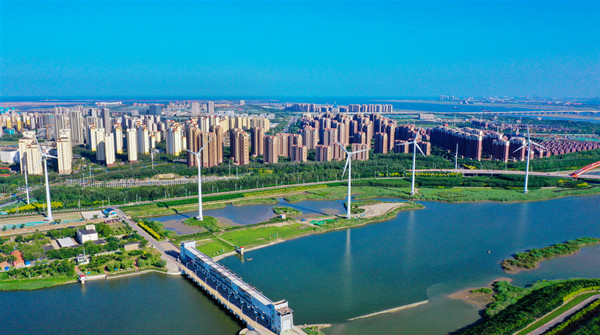Ecological city

Tianjin is a pilot low-carbon city in China. The Sino-Singapore Tianjin Eco-City was listed as a pilot project for the construction of a "waste-free city" by the Ministry of Ecology and Environment.
The city is home to China's first all-electric bus network, with 272 charging stations and 1,612 charging piles, greatly enhancing charging capacity and convenience.
It has also built a pilot urban community where all the facilities are powered with electricity generated by green energy facilities.
Tianjin is a national model city for environmental protection. Between the city proper and Binhai New Area, a green ecological barrier totaling 736 square kilometers is under construction.

Tianjin’s wetland area accounts for 17.1 percent of its land area, one of the highest among domestic administrative regions at the same level. The city has vigorously promoted the protection and restoration of the wetlands of Qilihai, Dahuangpu, Tuanbowa, and Beidagang, which have a total combined area of 875 square kilometers, as well as the Bohai Sea coastline with a length of 153 kilometers. The wetlands in Tianjin have become a paradise for rare wild birds.
Tianjin is planning to build parks in surrounding areas and a new ecological and livable circle featuring ecology, life and production.
In 2020, there were 245 days with good air quality in the city, and the average PM2.5 concentration dropped to 48 micrograms/m3. The atmospheric environment is being improved steadily.

Tianjin keeps increasing investment in environment protection and makes every effort to pursue modernization with an ecological and livable environment.
At the end of 2020, there were in 146 green factories and 14 state-level green supply chain management demonstration enterprises in the city. The total output value of the green factories exceeded 300 billion yuan($47.33 billion).

Copyright ©
Tianjin Municipal Government. All rights reserved. Presented by China Daily.
京ICP备13028878号-35

